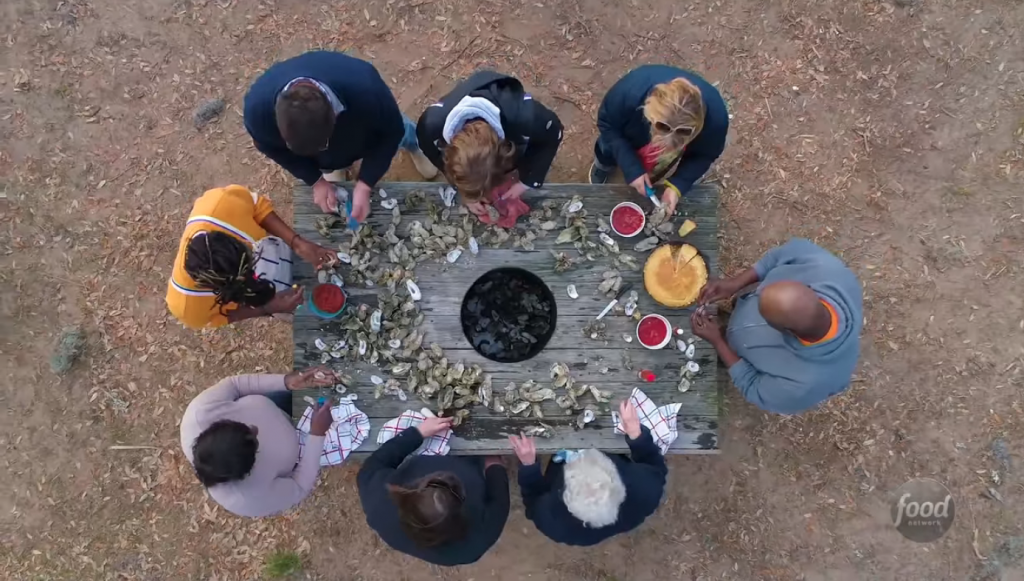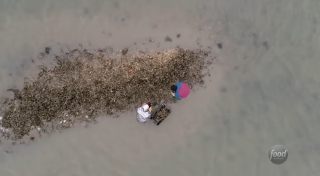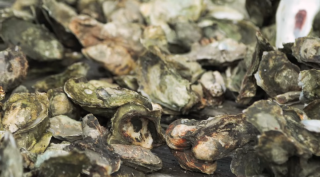Traditional Gullah Oyster Roast
As the media landscape shifts in the digital age, established brands are navigating the transition into social media and online content with new talent and changes in format. With “Comfort Nation,” Food Network has ventured into an online-exclusive property, and was met with wide success. The Travel Video Awards spoke with producer Catriona Stuart about brand development, and how food is helping drive global travel.
What is the approach and goal of the “Traditional Gullah Oyster Roast” video? How does it interact with the larger Food Network/Discovery brand?
Catriona Stuart: Everyone loves comfort food! It reminds us of home, it’s the food we sit down to at barbeques and birthdays or family gatherings. We know our audience loves it too, but we wanted to explore the places where our most popular comfort foods come from. That led us to the South and some traditional dishes that have stood the test of time: fried chicken, shrimp and grits or étouffée, for example. As one of our Lifestyle experts, Lazarus Lynch was the perfect person to take us there. He is the son of a southern chef and although a chef himself, he embodies the approachable style that is at the core of our brands. He loves food and here, she showcases just how it brings us all together.
Who is the target audience for your digital content?
CS: Through our site, apps, and social channels like Facebook, Instagram, YouTube, and Snapchat Discover, Food Network’s digital audience spans the gamut of audiences aged 18-54. We take a multi-platform approach to producing content and our team of producers are always asking ourselves how we can best tell our stories on each platform.
What trends do you see in how and where people travel?
CS: In our collaborations with the Travel Channel, we know that more and people, people travel to eat. They want the authentic Chicago deep dish or the newest Insta-worthy ice cream creation in Los Angeles. We’re always listening to what our audience is talking about, and frankly, the food trends that get us excited no matter where they are in the country.




